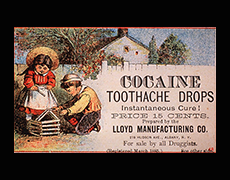
There are a lot of toothache superstitions out there, and who can blame a person for trying just about anything to get rid of a toothache.
Here are some common, peculiar, and long-forgotten toothache superstitions:
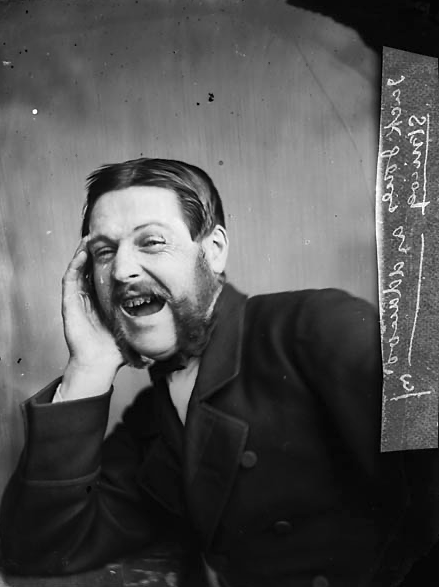
1. Corpse Tooth
One rather gruesome superstition tells us to remove a tooth from a corpse, stick it in a little bag, and wear it around the neck to prevent future tooth aches.
2. Go to Bed
If you have a toothache, you should go to bed and not get up for three days.
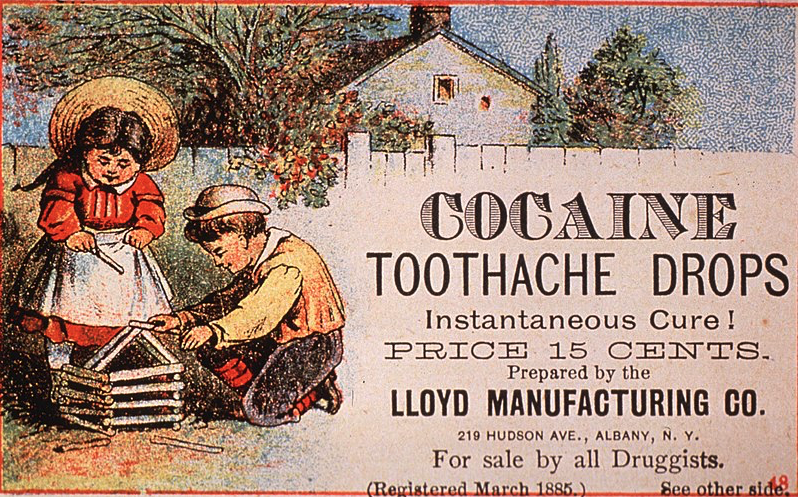
3. Double Nut
Fruits and nuts that grow double (two conjoined fruits or nuts) are said to be lucky. To prevent a toothache, keep a double nut of whatever kind in your pocket.
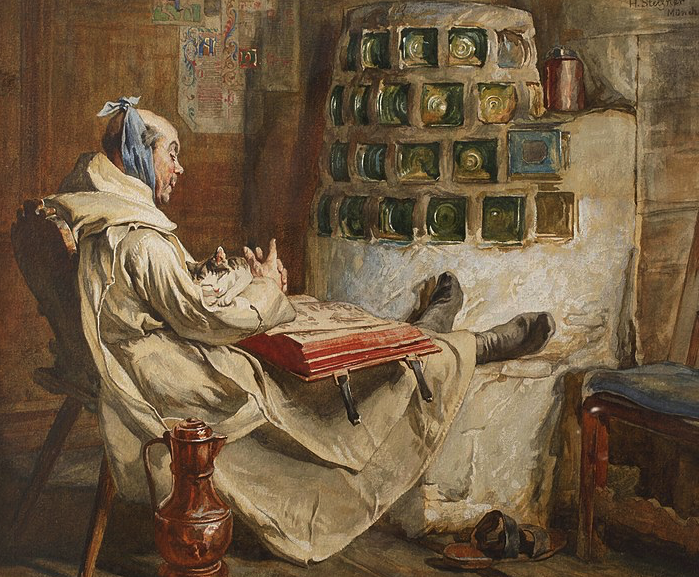
4. Priest’s Grave
To prevent yourself from ever having a toothache, take some clay from a priest’s grave, stick it in your mouth, kneel, and recite a pater and an ave.
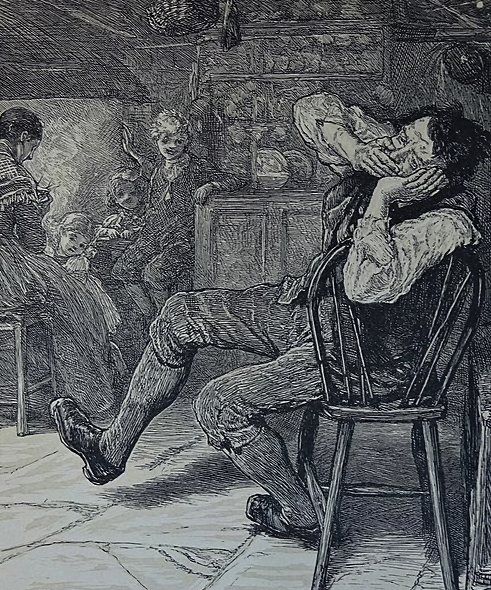
5. Right Side First
According to Wales superstition, to prevent a toothache, always get dressed starting on the right side of your body. Example, put your right sock on first, before putting on your left sock.
6. Nail in the Gate
In Encyclopaedia of Superstitions, Folklore, and the Occult Sciences of the World: A Comprehensive Library of Human Belief and Practice in the Mysteries of Life, Volume 1 (Daniels, 1903), we find a transference charm for a toothache:
“A person suffering with toothache should drive a nail in the gate at midnight, while the clock is striking the hour, and the first person touching the gate will take the toothache.” (P. 402)
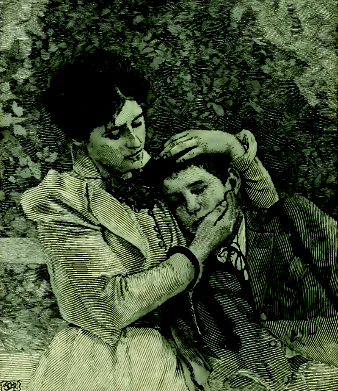
7. Nailed Beam
In the same book, we find:
“A remedy for toothache that was used in England in 1668 is the following: Raise and cut the gum about the tooth with an iron nail till it bleeds. Then drive the nail into a wooden beam up to the head. You will be quite sure never to have toothache again as long as you live.” (P. 402) [Probably because you would die of lockjaw.]
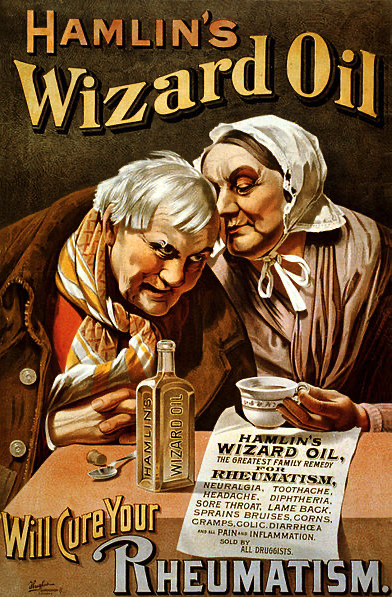
8. Execution Wood
Add this one to the “never would I ever” list:
“A Horsham, Sussex, in 1734, Jacob Harris, a Jew pedlar, was executed, and his body was hung in chains on Ditchling Common. It was believed in the area that a chip of the post on which the murderer’s remains hung would, if carried in the pocket, cure the toothache. The ‘cure’ was so popular that the original post was gradually reduced to a mere fragment, and had to be replaced by another.” (Encyclopaedia of Superstitions: A History of Superstition. M. A. Radford.)

